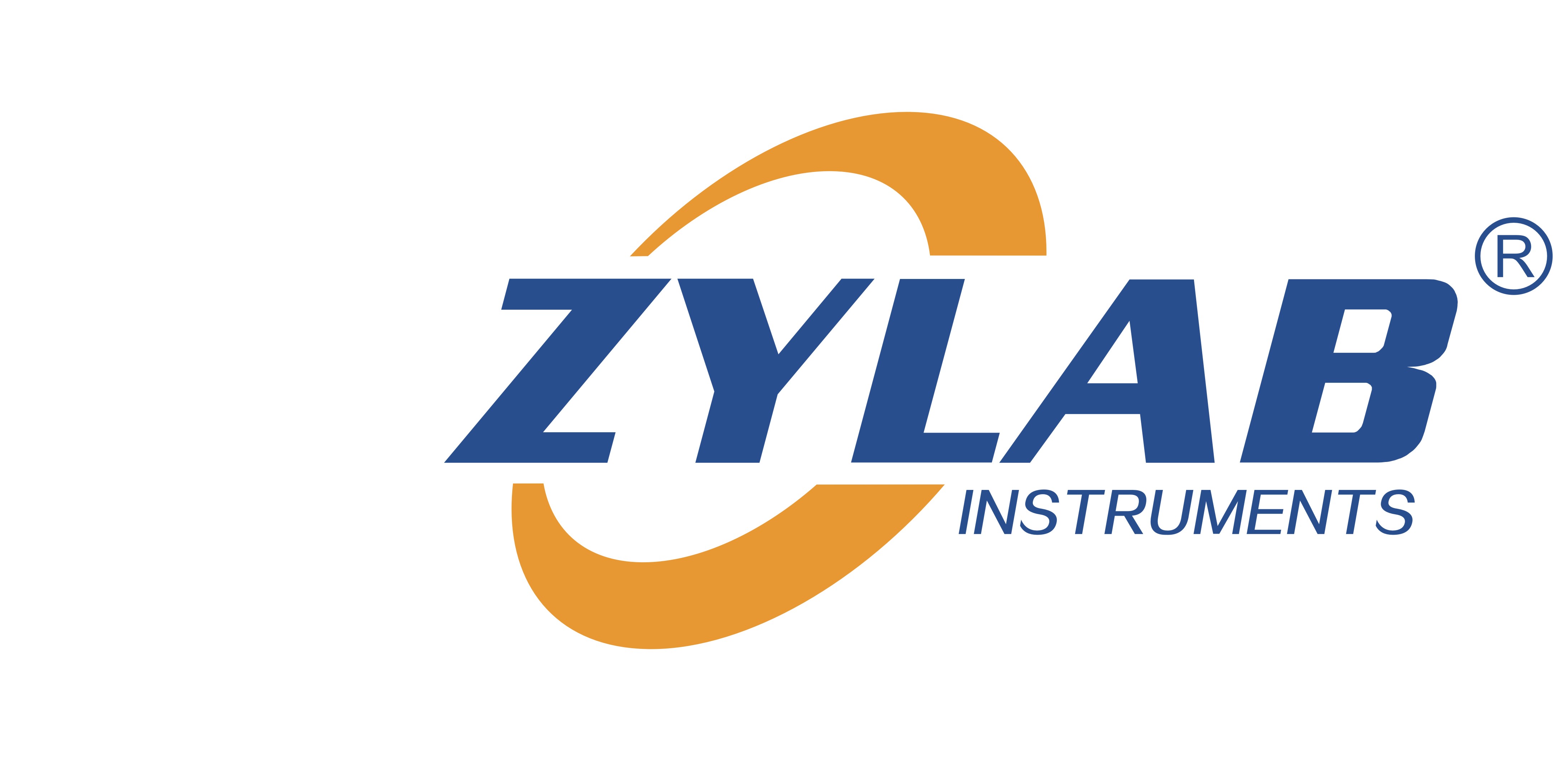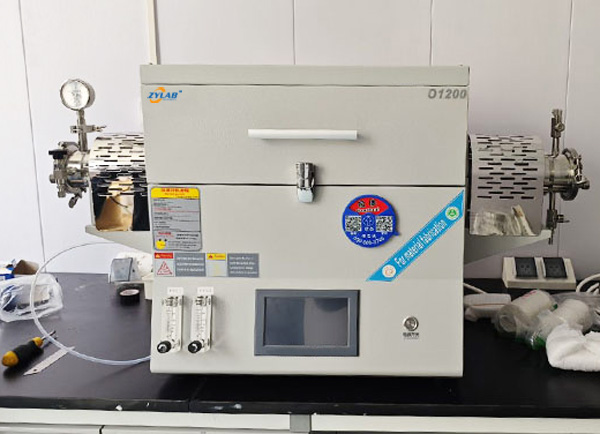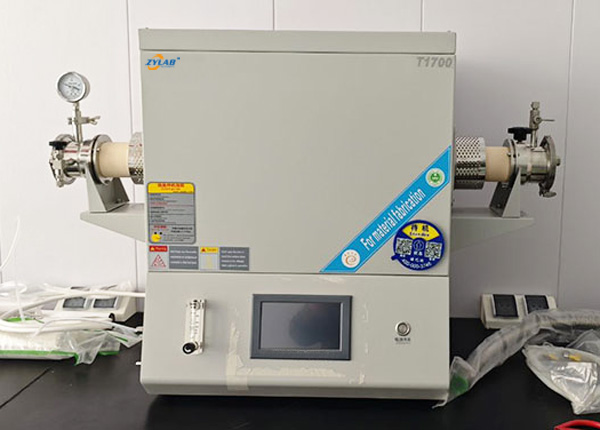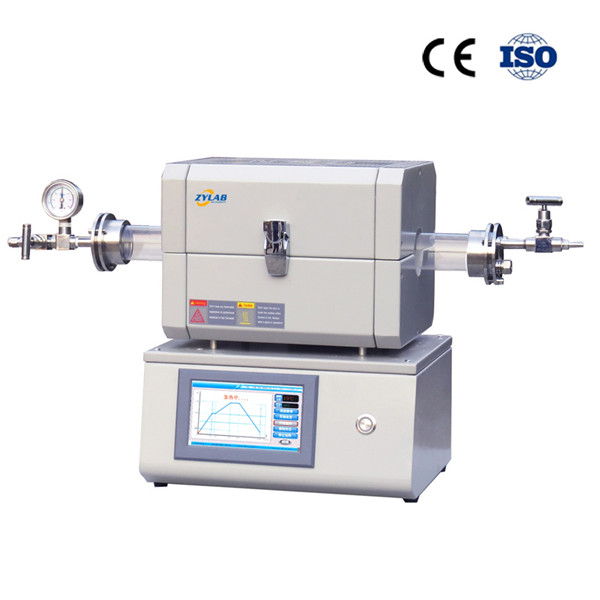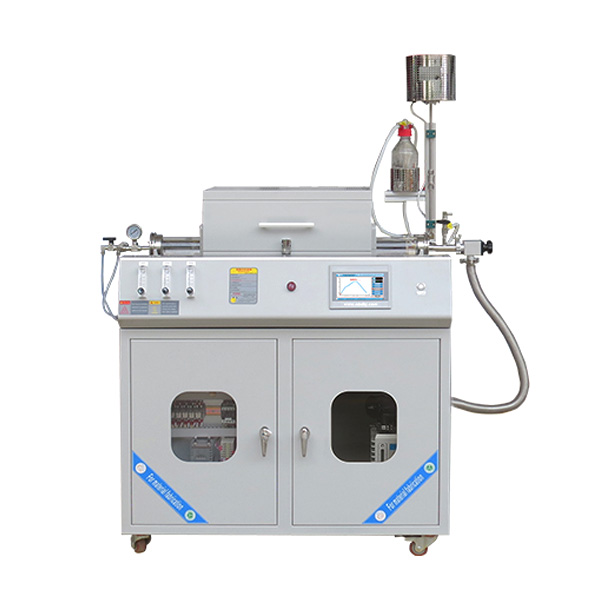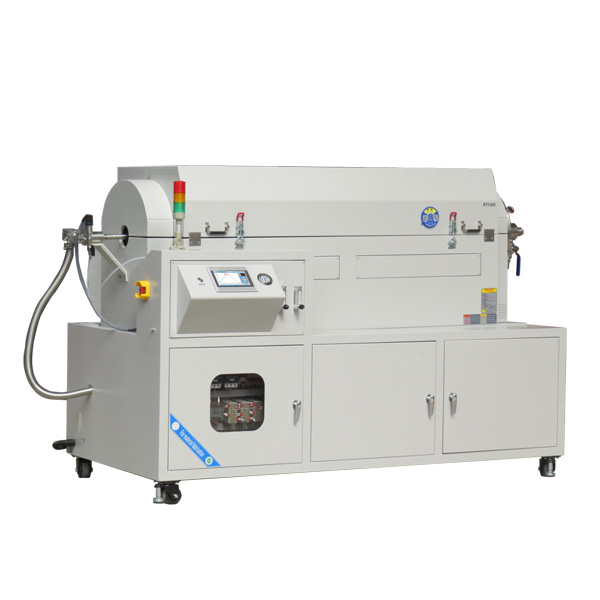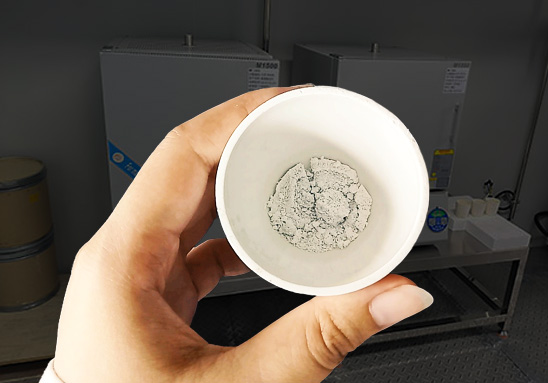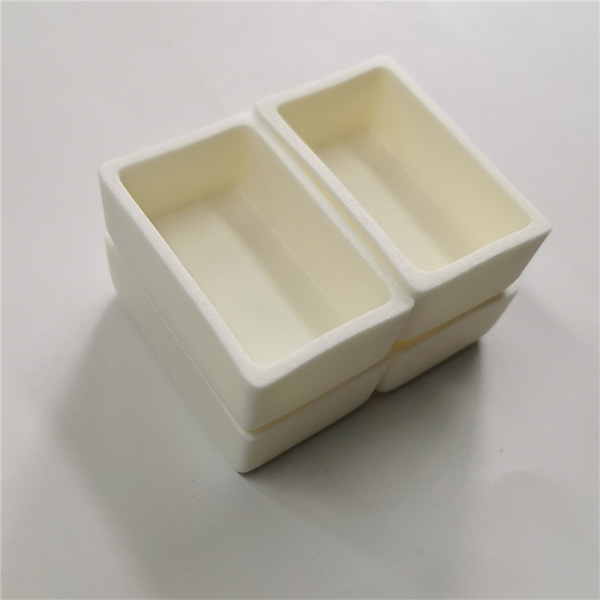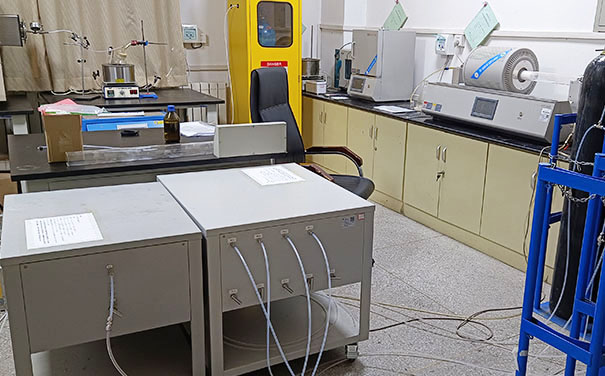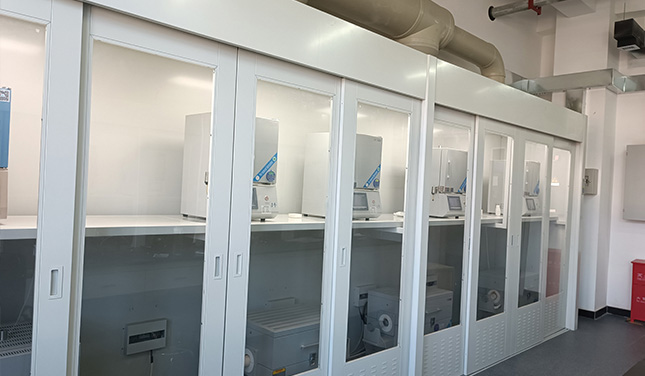Table of Contents
Introduction
Advanced ceramic powder materials play a crucial role in industries such as electronics, aerospace, biomedical engineering, and energy storage.
These materials require precise control over composition, phase purity, and particle size distribution to meet stringent performance standards.
One of the essential tools in the research and development (R&D) of these materials is the tube furnace, which provides controlled heating environments necessary for synthesis, calcination, and sintering processes.
Why Use a Tube Furnace for Ceramic Powder R&D?
Tube furnaces offer several advantages that make them ideal for advanced ceramic powder processing:
- High-Temperature Capability: Tube furnaces can reach temperatures up to 1700°C, allowing for sintering and phase transformations of ceramic materials.
- Atmosphere Control: The ability to operate under vacuum, inert gas, or reactive gas atmospheres ensures precise control of chemical reactions and prevents unwanted oxidation or contamination.
- Uniform Heating: The tubular design ensures even heat distribution, crucial for achieving consistent material properties.
- Scalability: Tube furnaces support batch and continuous processing, making them suitable for both small-scale laboratory research and pilot-scale production.
ZYLAB’s tube furnaces offer advanced temperature control, customizable chamber sizes, and multi-atmosphere compatibility, making them ideal for high-end ceramic powder research and industrial applications.
Key Applications in Ceramic Powder Research
1. Synthesis of High-Purity Ceramic Powders
Chemical reactions such as solid-state synthesis, sol-gel processing, and precursor decomposition require precise temperature control.
Tube furnaces provide stable heating conditions to ensure phase purity and controlled crystallite size in ceramic powders such as alumina (Al2O3), zirconia (ZrO2), silicon carbide (SiC), silicon nitride (Si3N4), and aluminum nitride (AlN).
2. Calcination for Phase Transformation
Calcination is a critical step in the production of ceramic powders, where precursor materials undergo thermal decomposition to form desired crystalline phases.
Tube furnaces facilitate calcination under controlled oxygen, nitrogen, or hydrogen atmospheres, which is essential for materials like lithium-based ceramics used in battery technologies and high-performance nitrides such as Si3N4 and AlN.
3. Sintering and Densification Studies
For ceramic powders to achieve optimal mechanical and thermal properties, sintering at high temperatures is necessary.
Tube furnaces enable precise control over sintering parameters such as heating rate, dwell time, and cooling rate, leading to enhanced grain structure and mechanical strength in high-end materials like silicon nitride and aluminum nitride.
4. Atmospheric Processing and Reduction Reactions
Some ceramic materials require reduction treatments to modify their electrical and optical properties.
Tube furnaces operating under hydrogen or vacuum conditions are used to process materials like tungsten carbide (WC) and conductive ceramics for electronic applications.
5. Carbon Coating and Surface Modification
In energy storage applications, such as lithium-ion batteries and supercapacitors, ceramic powders like lithium iron phosphate (LiFePO4) require carbon coatings to improve conductivity.
Tube furnaces enable pyrolysis and carbonization under controlled atmospheres to achieve uniform coatings.
Choosing the Right Tube Furnace for Ceramic Powder R&D
When selecting a tube furnace for ceramic material research, consider the following factors:
- Maximum Operating Temperature: Ensure the furnace meets the temperature range required for your specific materials.
- Tube Material: Quartz, alumina, or silicon carbide tubes offer different advantages in terms of thermal resistance and chemical compatibility.
- Atmosphere Compatibility: Choose a system with the ability to operate under vacuum, inert gas, or reactive gas conditions.
- Automation and Control Features: Programmable temperature controllers and gas flow regulation enhance process repeatability and efficiency.
ZYLAB tube furnaces provide industry-leading thermal performance, advanced automation, and flexible customization options, making them an excellent choice for cutting-edge ceramic powder research.
Conclusion
Tube furnaces are indispensable in the development of advanced ceramic powder materials due to their precise temperature control, atmospheric versatility, and uniform heating capabilities.
Whether for synthesis, calcination, sintering, or surface modification, tube furnaces enable researchers to achieve high-quality ceramic powders tailored for cutting-edge applications.
For customized tube furnace solutions tailored to your research needs, contact ZYLAB today and explore our range of high-performance laboratory and industrial furnaces.
Share this entry
You might also like
